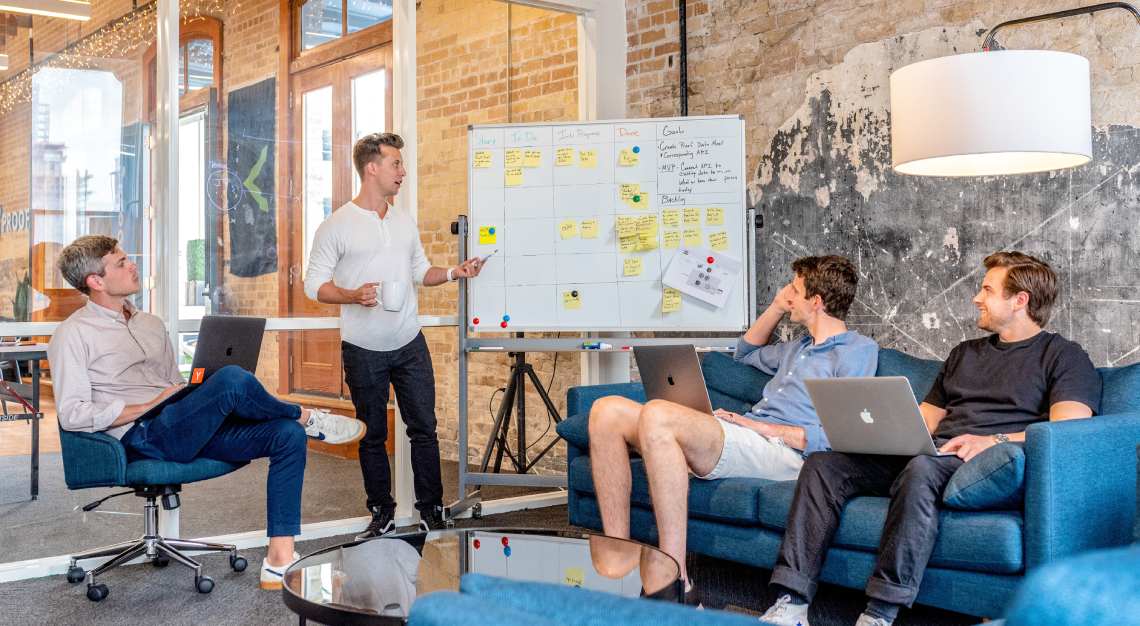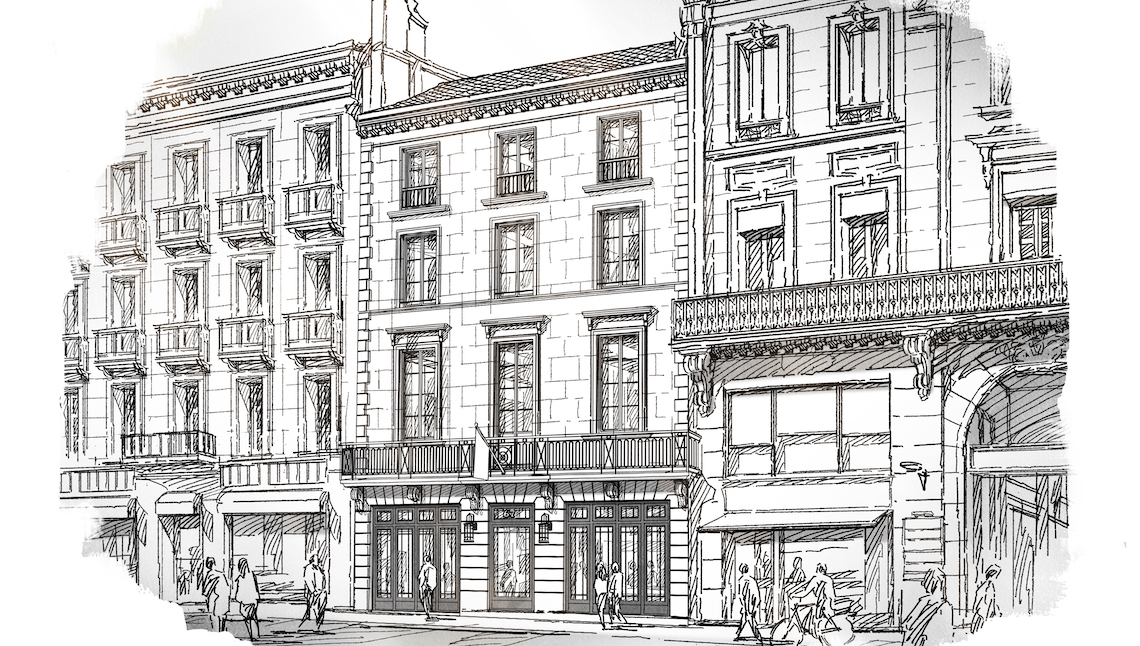As we return to normalcy, Samir Sayed believes that the hybrid workplace will undoubtedly be the new norm
The fact that hybrid work elicits a wide range of reactions says a lot about how it is implemented across companies in Singapore. As businesses start to return to a state of normalcy, will hybrid work be put out to pasture as well?
Samir Sayed, Managing Director for ASEAN, Korea, Emerging Markets & Pakistan for Hybrid Work Solutions at HP, doesn’t think so. He has seen trends come and go and he believes that hybrid work is the future. Sayed shares with us his thoughts on the new workplace and how to facilitate it.
A way of life
I can honestly say that pre-pandemic, hybrid working was already a way of life for me and my colleagues. You could say that hybrid work has been baked into our DNA and company culture.
Flexible work arrangements are the norm across all the markets that we operate in, and all employees are provided with the technology and tools to connect and collaborate with one another as needed wherever they are working from. If teams decide that physical meetings are more effective, we simply gather in groups as and where needed.
If I were to summarise it in one sentence, it is that we live by the motto “Work is not a place, but what you do and how you do it.”
The pandemic left an indelible mark
It’s obvious that employees who have tasted and lived through the benefits of working from home are reluctant to let go and come back to the office. Whatever their reasons, whether having a much better work-life balance, trading off travel time for more time spent with family and getting healthier, or even the realisation that they could still get the same job done at home, instead of having to go to the office.
With the Great Resignation, employees are re-evaluating their envisioned career choices and future career trajectories. At the same time, employers are also expanding their view on talent sourcing to also include remote headcounts, and in the face of increased employee turnover, are also looking to focus more on nurturing and retaining existing talent.
Defining characteristics of the new workforce
I see hybrid work as a natural progression of the nature of work. It matters less how many hours one puts into the job, and more of what the worker’s achievable output is. I do think that the work paradigm is evolving from work as a function of effort, towards work in terms of output and outcomes.
This goes hand in hand with the demands of the workforce today for more flexible working arrangements, as well as a greater focus on mental health and well-being, which is becoming an increasingly important point of contention for business leaders in both communicating with and understanding their employees’ point of view.
On companies that prefer the ‘old ways’
To be fair, we cannot, and should not, see hybrid work as a one-size-fits-all solution to the productivity-related woes of this current and future workforce.
However, every employer and organisation would stand to benefit from implementing best practices adapted from hybrid work principles, especially in relation to work flexibility, and more importantly across the board, how to enable consistent and equitable work experiences for employees across the different workspaces that they may be working from throughout their day to day.
The employee’s voice matters
Employers can build a strong foundation for hybrid work by putting in the legwork to better understand the distinct types of employees they have in their companies, the nuances of the work location and surroundings, the different workplace personas of each employee, the technologies required to do their jobs, and just as important, their opinions and reactions towards the various work policies being considered or put in place.
I do think that now more than ever, listening to the voices of your employees is crucial, especially when it comes to both retaining and attracting talent.
What technology can’t fix
Business leaders must examine more closely how their workers interact with colleagues, partners, or customers, and figure out how they can remove or reduce the barriers to productivity through technology.
Simply deploying new technology solutions for the workforce, for example, won’t really help the employees work better if a) they must spend time figuring out how things work, and b) the technology deployed doesn’t help them do their jobs any better.
How current technology can help
Ensuring that workers can have a more equitable work experience wherever they choose to be productive, can be the most impactful thing that technology can play a role in.
For instance, video conferencing cameras that track and frame speakers, microphones that minimise background noise, or software that helps optimise lighting are features that can positively impact the meeting experience for workers, both in the office and at home.
It could also be as simple as deploying solutions with interfaces already familiar to employees, so they spend less time familiarising themselves and more time getting things done. For example, our video bars come certified by both Microsoft Teams and Zoom, so businesses can easily deploy as needed depending on which platform they’ve already invested in, and which their employees are already used to.
Simple ways to improve virtual meetings
It is important that you’re able to pick up all the small gestures, expressions, and body language cues across the room (or across the screen) and be confident that you are both seen and heard from wherever you are. For those in the room, subtle camera features like speaker tracking help to break down the walls between virtual and physical. After all, if a meeting participant feels like an onlooker, chances are even lower that they’ll also end up a net-positive contributor to the meeting.
The agents of change: Trust and flexibility
The pandemic changed how we approach the idea of work, where work can be done, and the meaning that work carries for many. We think that the key themes of workplace flexibility and trust will be central to how and to what extent that hybrid work pans out over the long run.
As organisations figure out how to balance the demands of employee well-being and mental health with the needs of the business, effective hybrid work will require that a trust foundation rooted in flexibility be in place between both employees and employers.
Expect constant change
While hybrid work is here to stay, we’re still far from finding out what the ideal hybrid work recipe is going to be, and that the immediate future is going to be one where we test out our hybrid work strategies, and continually adjust as we go along. And that is probably the biggest lesson of all, that change is the only true constant.






